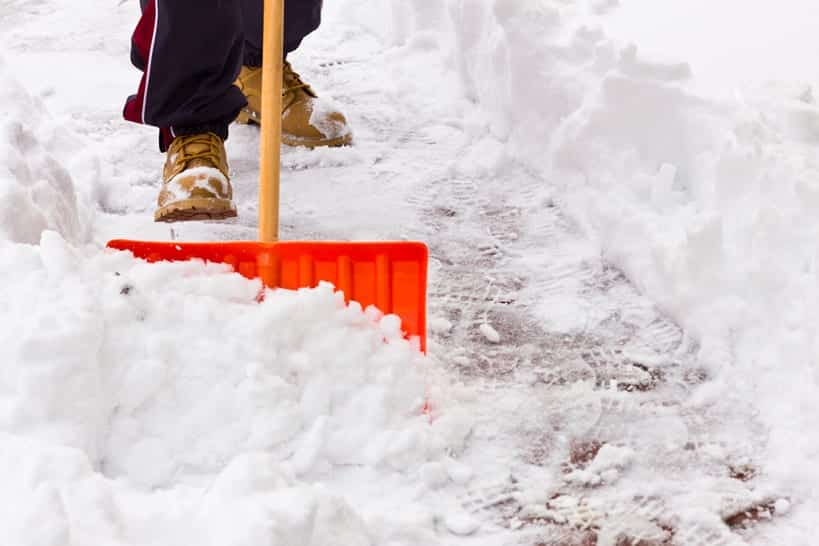The first major winter storm of 2019 swept through Virginia over the weekend.

Virginia State Police responded to more than 230 traffic accidents in the first 12 hours of Sunday alone, and schools and businesses across the region were closed on Monday. And while some of us undoubtedly headed out into the snow with our sleds and skis for a little bit of fun, most of us probably did a little bit of shoveling duty, too. While cleanup from this particular snow storm is wrapping up, it’s a good time for all of us to be reminded of our responsibilities when it comes to keeping our property cleared of snow and ice and safe for everyone.
While residential snow-clearing ordinances vary from place to place around Virginia–it is best to check your local government websites for the most accurate information–it is always a good idea to clear walkways, stairs, and porches around your property, to minimize the risk of a slip-and-fall injury to you or to anyone else. Some municipalities legally require snow and ice removal on walkways surrounding your home, while others just strongly encourage it. For example, Manassas residents must clear sidewalks within 24 to 48 hours after the snow stops falling, depending on the snowfall total. Likewise, Loudoun County property owners are legally obligated to clear sidewalks on homes and buildings adjacent to public streets. And while Fairfax County and Prince William County residents aren’t legally required to remove snow and ice from sidewalks abutting their property, they are strongly encouraged to do so.
And while we’d all like to avoid incurring possible fines for not clearing walkways of snow and ice–or even footing the bill if the municipality is forced to do the shovelling–it’s even more crucial to think about keeping ourselves and members of our community safe. Slipping and falling on an un-shoveled or untreated walkway or staircase can result in broken bones or a head injury, and property owners could find themselves liable for these post-snowstorm injuries. So whenever it snows, be sure to bundle up in your warmest parka and mittens and grab your shovel.
Remember that shoveling snow can also be hazardous to the shoveler. The American Academy of Orthopaedic Surgeons recommends that you do the following before digging in:
- Warm up with some light exercise first.
- Wear slip-resistant shoes.
- Pace yourself and take frequent breaks.
- Try to push the snow out of the way instead of lifting it.
- Do not throw the snow over your shoulder or to the side because the twisting motion involved may stress your back.
And if you have any neighbors who might be unable to clear snow themselves, we encourage you to do a little bit of extra shoveling in the spirit of neighborliness–who knows, you might be invited in for a nice mug of hot cocoa afterwards.
